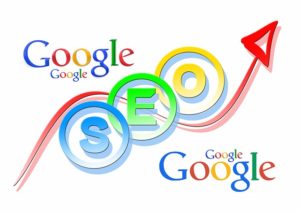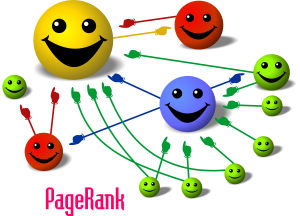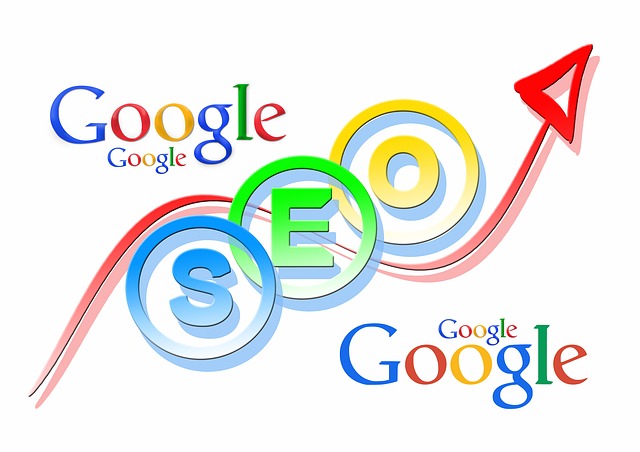
The Key to Using SEO and Business Marketing Effectively
No business survives without a well-rounded marketing plan. However, for it to thrive and stand out from the fierce competition, search engines and different online platforms should also be optimized for the simple reason that the market can be reached easier through the internet. While traditional marketing still works, a timelier SEO and business marketing plan will certainly set your business apart.
Niche and Target Market

A big mistake of many starting businesses is changing their branding halfway through their marketing plan. This happens when they eventually find a more lucrative market, or when they experience problems with production and planned distribution of their products or website design. Some also surrender to challenges easily, like when their website does not attract visitors right away.
As you apply SEO to your business, expected results do not happen right away. It might take months since online reputation does not build up overnight. You can only offer what you have, and that will be the focal point of your entire marketing efforts as translated into your website keywords, headings, and anchor texts.
Changing primary products, services, or type of business in the middle of search engine optimization will just render all the finished works futile because it also means changing the existing keywords, contents, anchor texts and tags. In fact, your professional business website can get low ranking for content inconsistencies.
If your business is all about fashion, then decide beforehand if you want it to sell general fashion merchandise or you want to focus on a more specific type, like jeans, accessories or gowns. Also, decide if you want to target men, women or children, and for what occasion. The more specific you are with your optimization, the higher ranking you can get because Google credits online reputation and search relevance.
Keyword Research Tools

People type specific keywords when they search for something. You do not figure out those keywords through an epiphany. You search for them. Search engines will think that your website is the perfect match for a searcher if you have a common denominator. Keyword research tools will show you the popular keywords in your niche (some offer real-time updates), the different phrase variations, and the related items being searched for.
Google Keyword Tool, which has recently been rebranded as Google AdWords Planner give’s you exactly that.
Paid tools that are more accurate and detailed do more than provide you with relevant keywords and keyword variations. They can also track online advertisements, categorize according to niche and scan your competitors’ websites to determine what their most used keywords are. You can adjust better by knowing what works and what does not work for your competitors. Paid keyword research tools to try are MOZ, SEMrush, Keyword Discovery, KeywordSpy and Advanced Web Ranking.
A more basic way of identifying relevant keywords is by looking at what is trending online. Yahoo and other social media sites rank trending topics on their list. You can base your daily posts on them, but they tend to come from a general public than a targeted market.
Web Analytics

Web analytics is a practical SEO and business marketing tool that can monitor the progress of your professional website design and movements of your visitors. The data that analytics provide in a comprehensive report (sometimes with mapping) include number of visitors, demographics (if they visit through integrated social media accounts), duration and frequency of visit (according to unique IP addresses), location of the visitor, browsing habits of each visitor and even keywords used to discover your website. In a way, you will learn more about your market by knowing what they do.
For instance, knowing their demographics let you identify the population groups that are attracted more to what you offer. Thus, you can concentrate your marketing efforts to the people who seem to be interested. Furthermore, knowing their locations will give you an idea as to what time it is better to update your content, answer their inquiries and interact with potential customers (possibly through chat, PM, or email).
You would want to post new contents and answer inquiries when the recipients are actively browsing online and checking their inboxes. Knowing how often visitors check out certain pages in your business website will also allow you to bank on what is selling more.
Google Analytics is still the top choice as it comes with simple interface, but extensive data reporting. It does not provide real-time reports though. Clicky is an alternative that gives real-time updates. Basic easy-to-use ones include Mint, Church Analytics, and KISSmetrics.
Tagging and Anchoring
The importance of tagging has been downgraded when it comes to SEO and business marketing in recent years. During the time of the old Google algorithm, tags played a major role in ranking. However, nowadays, they are only more likely used by search engines to discover your website, but not necessarily for its ranking. That means you will be indexed, but the search engines have to look for other criteria to rank you. Nevertheless, it still means that proper tagging and anchoring do half of the job towards web discovery.
Focus your SEO and business marketing plan on the heading and title tags. Subheadings, meta tags and meta descriptions possess almost no bearing on your ranking. The latter is necessary though to aid researchers in identifying what the ranked websites are all about. If there is one reason why you have to use alt tags all over your website, then it is because images and videos are still effectively ranked based on them (they do not have text contents, that’s why).
Anchoring should also not be left out. They are important to make internal navigation between related pages in your website easy. One or two anchor texts per page are enough. Do not pepper the entire page with anchor texts because search engines will definitely flat that.

